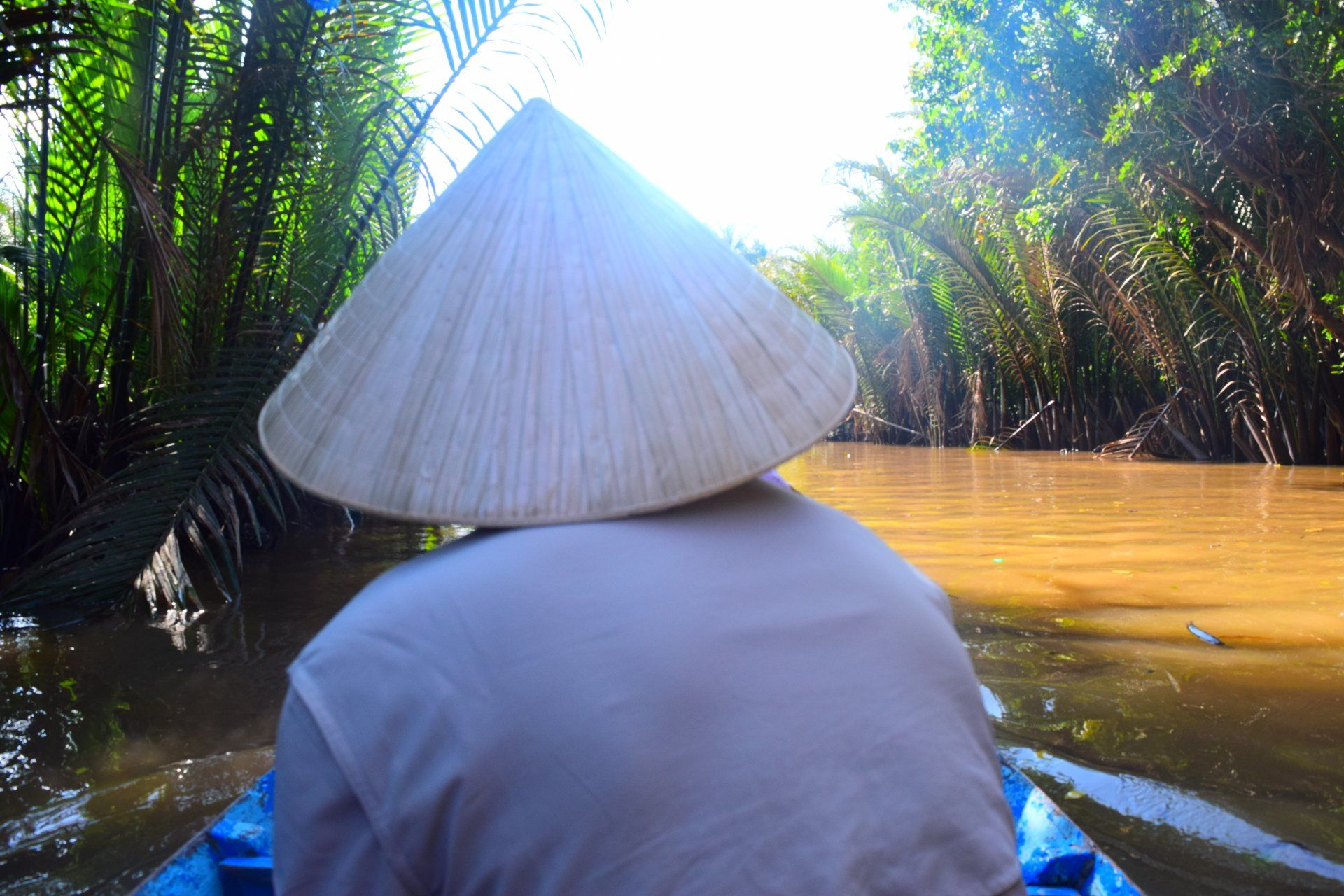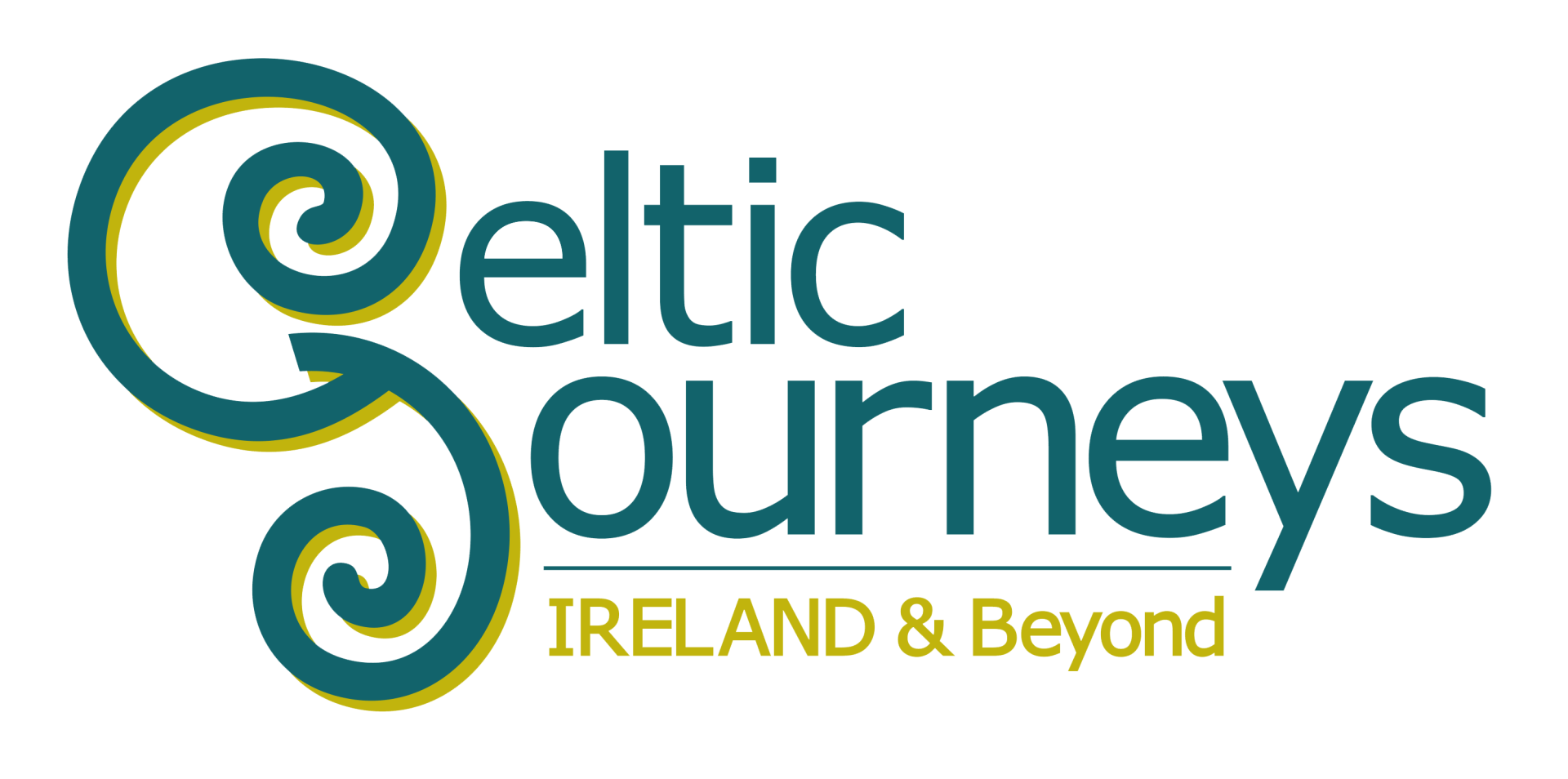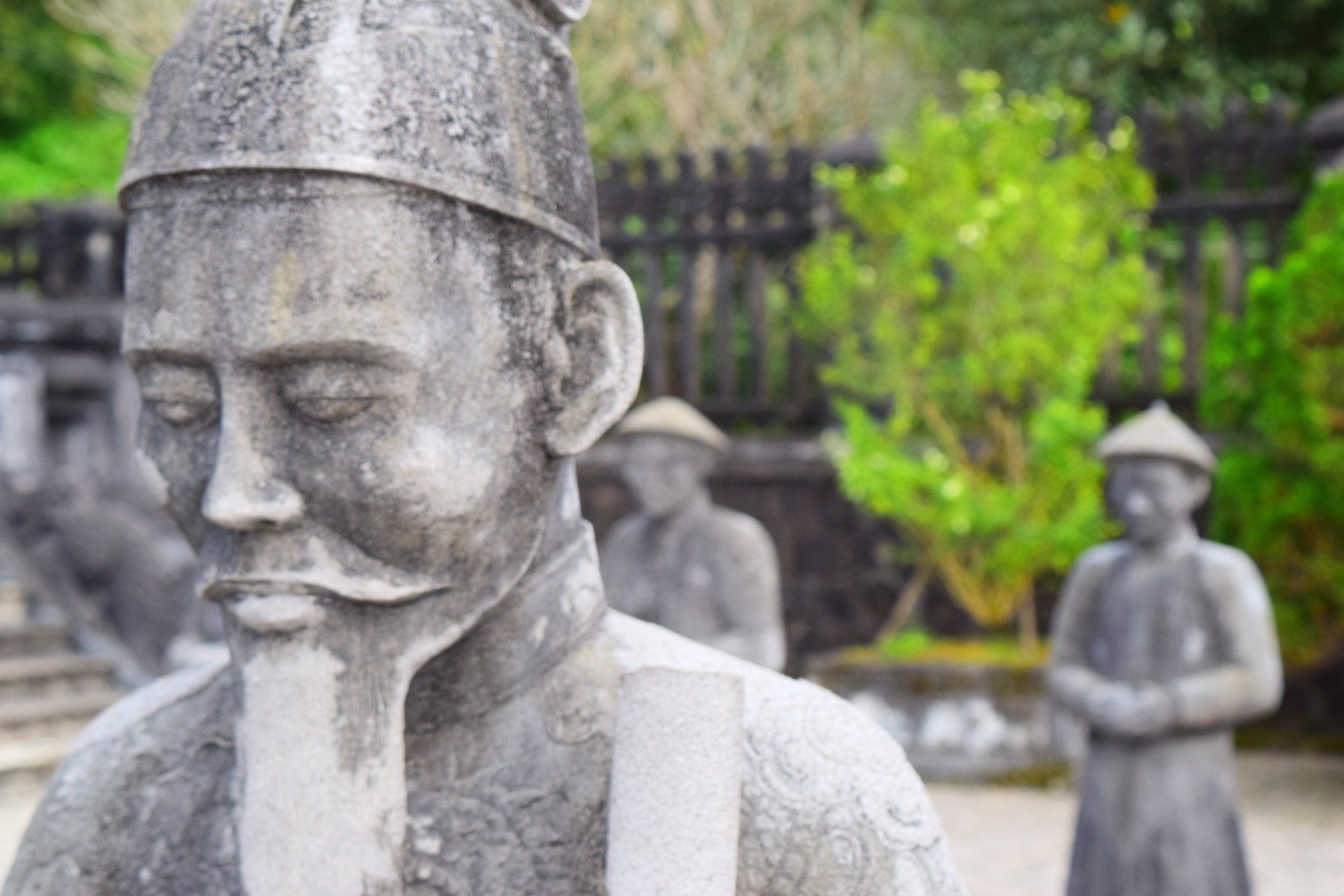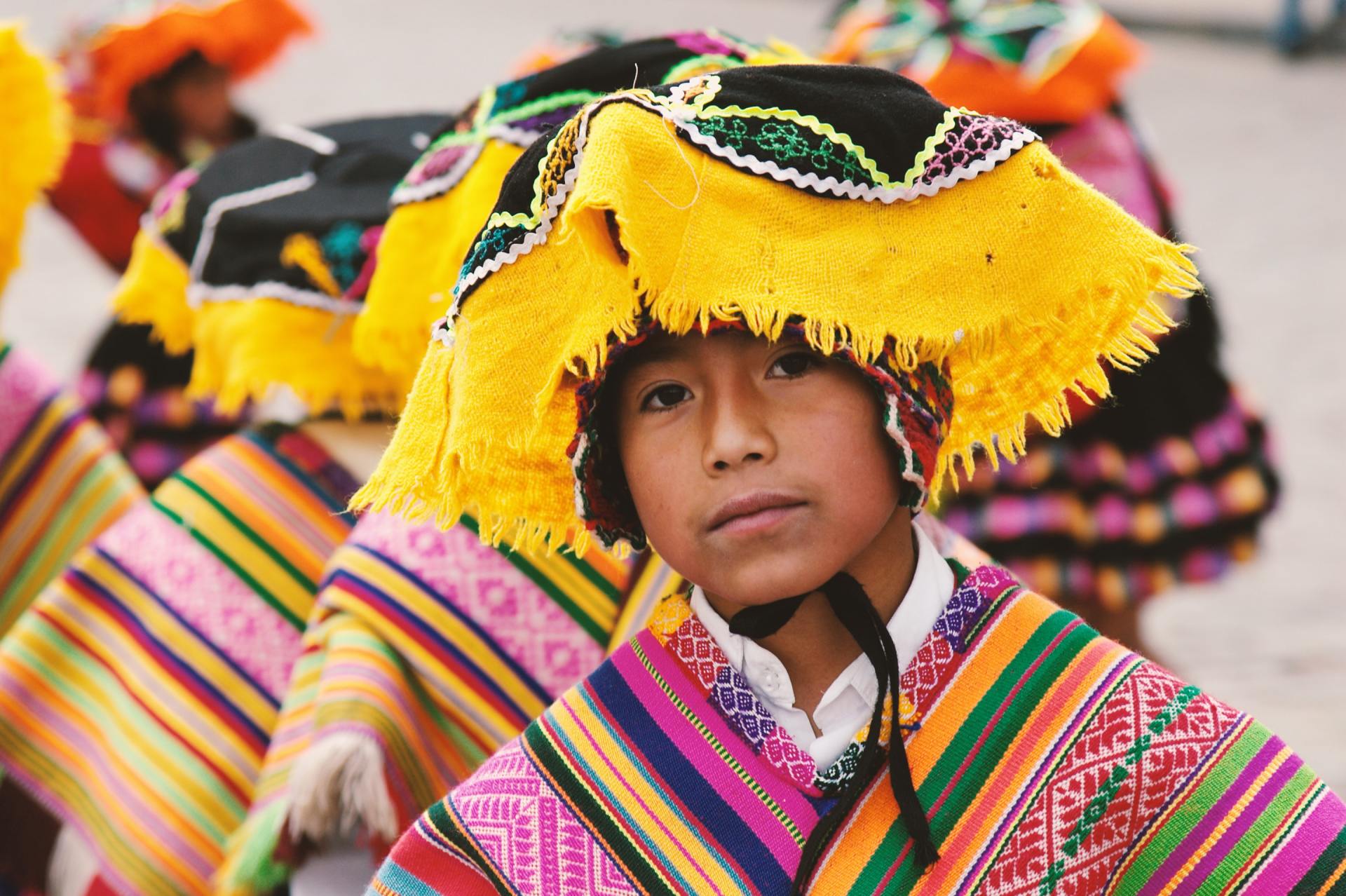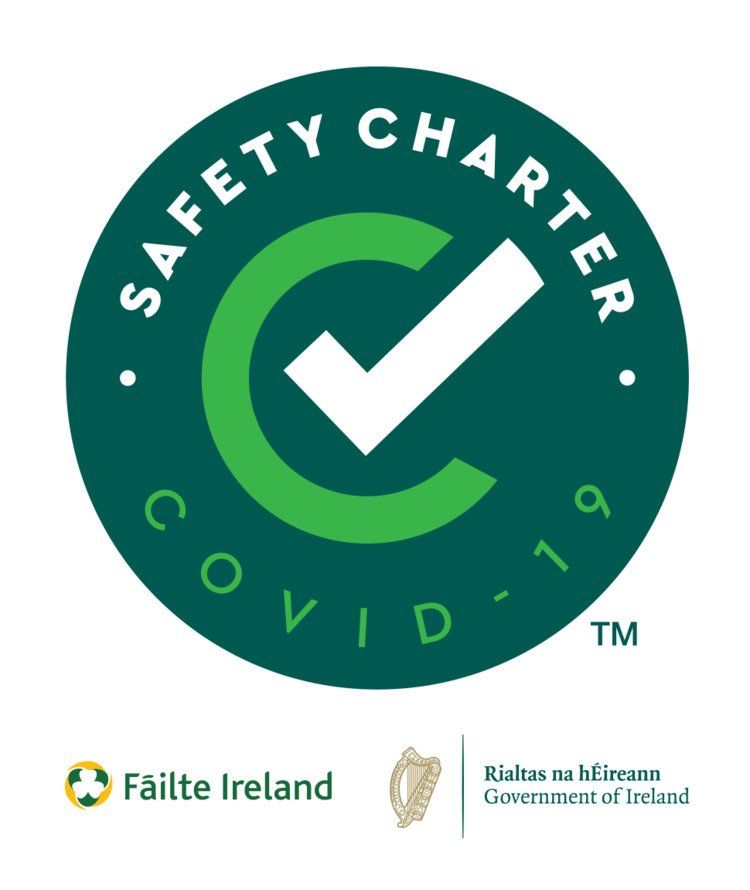The Constitution of Ireland is Bunreacht na hEireann, the basic law of the state. Adopted by referendum in 1937 it defines Ireland as a sovereign, independent and democratic state. It sets out the administrative structure of the Government and states that all powers of the Government derive under God from the people. It defines the structure and principles of legal and social policy to guide the Oireachtas (Parliament.) The rights of every citizen are also enshrined in the constitution.
Ireland In Brief
Just a few things before you travel to Ireland...
The Constitution

The Irish Tricolour
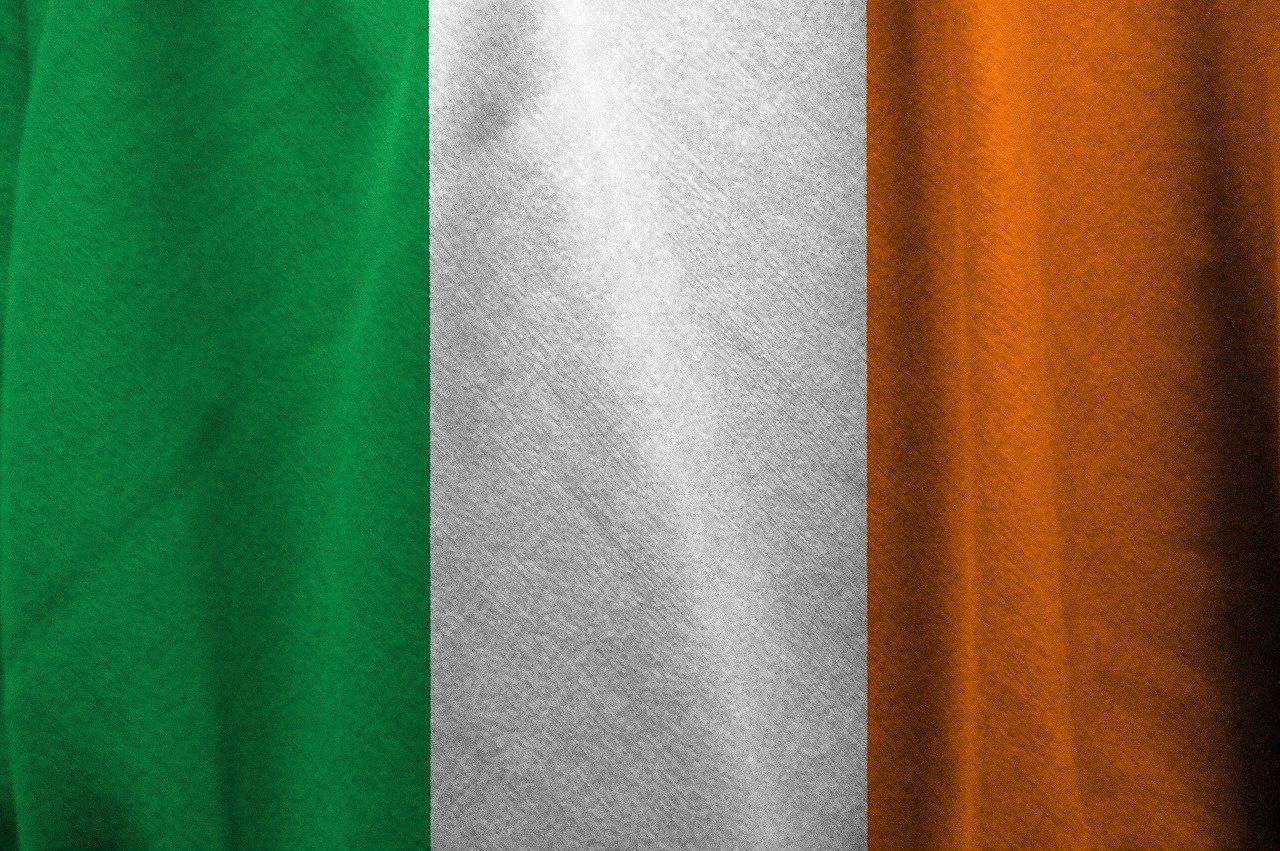
The National Flag is a tricolour of green, white and orange. The green represents the older Gaelic and Anglo-Norman element in the population, the orange the Protestant supporters of William of Orange, and the white represents a lasting peace between the two traditions. First flown on March 7th, 1848 in Waterford City as an emblem of the Young Ireland movement. The flag did not come into popular use until after the 1916 Rising.
The President of Ireland
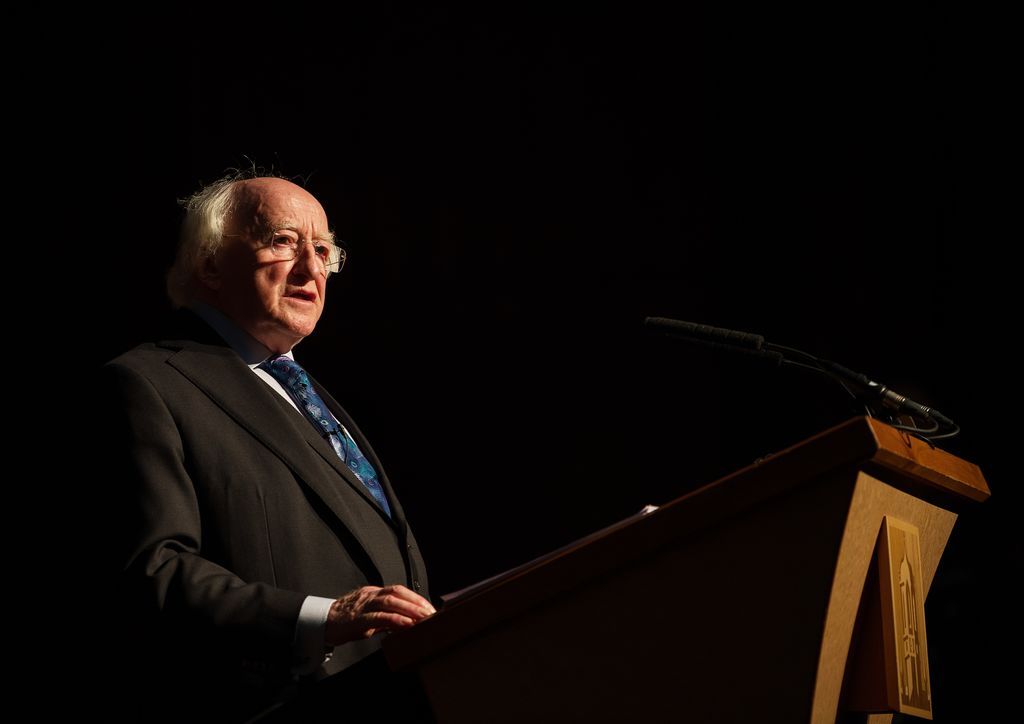
The President of Ireland is elected by direct vote from the people, for a term of seven years. While the president doesn't have executive powers, the role is more than a ceremonial one. The President has certain powers which make him or her essentially the guardian of the Constitution and may choose to exercise these powers on the advice of the Government or Council of State. The President's residence, Aras an Uachtarain, is located in Phoenix Park.
The Irish Government
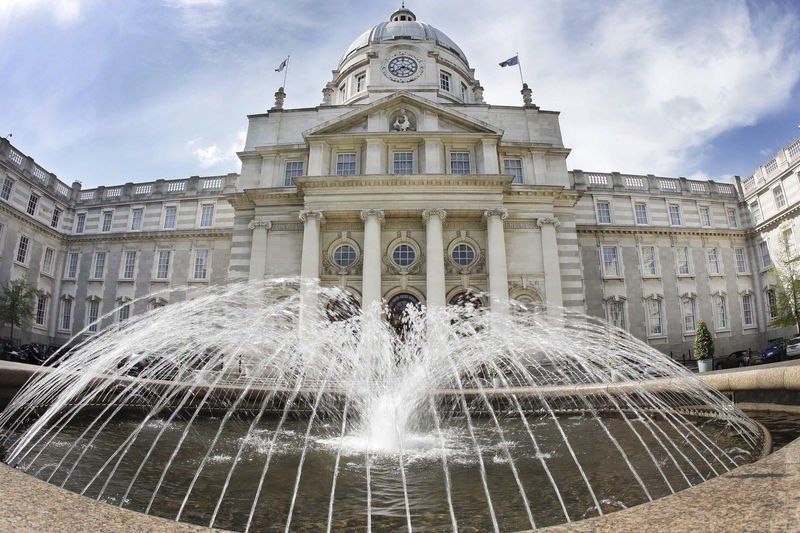
The Irish Government consists of not less than seven and not more than fifteen members. The head of the Government is the Taoiseach, who is appointed by the President on the nomination of the Dail. The Taoiseach nominates one member of Government to be Tanaiste, who acts in the place of the Taoiseach if the Taoiseach is absent.
Departments of State
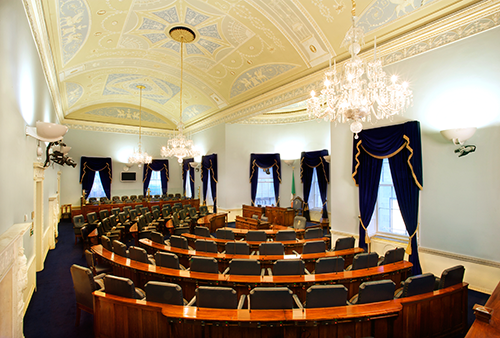
Departments of State are assigned to members of the Government, with a Minister occasionally being responsible for more than one department. Ministers are assisted in the administration of these departments by ministers of State who are not members of the Government. Ireland is a parliamentary democracy. The national parliament is called the Oireachtas and consists of the President and two houses. These are the Dail (House of Representatives,) and the Seanad (the Senate.) The power of these two bodies derives from the Constitution of Ireland and law.
Dáil Éireann
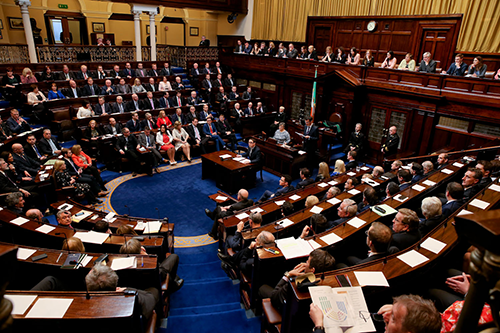
The Dáil is the lower house, and principal chamber, of the Oireachtas (Irish legislature). While government administration and policy may be criticized in both houses, the government is responsible to the Dail only.
Irish Law
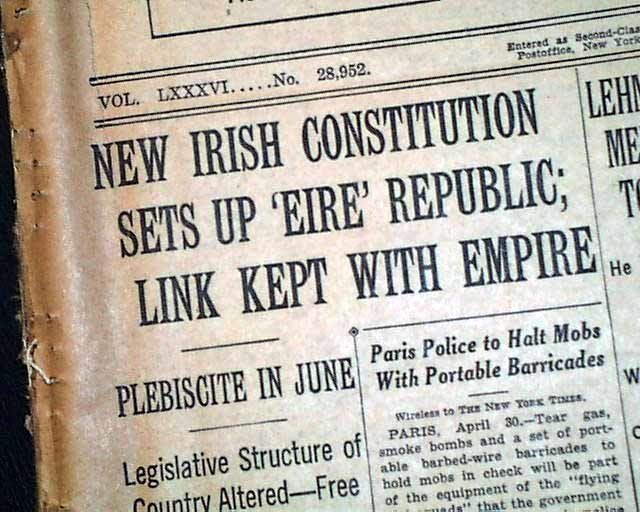
Irish law, based on common law, is enshrined in the Constitution of 1937. Statutes passed by the British Parliament before 1921 also have the force of law unless they have subsequently been repealed or have been found to be constitutional. Justice is administered in the public courts. Judges are appointed by the President and are usually senior figures in the legal profession.
The Police Service - Garda Síochána
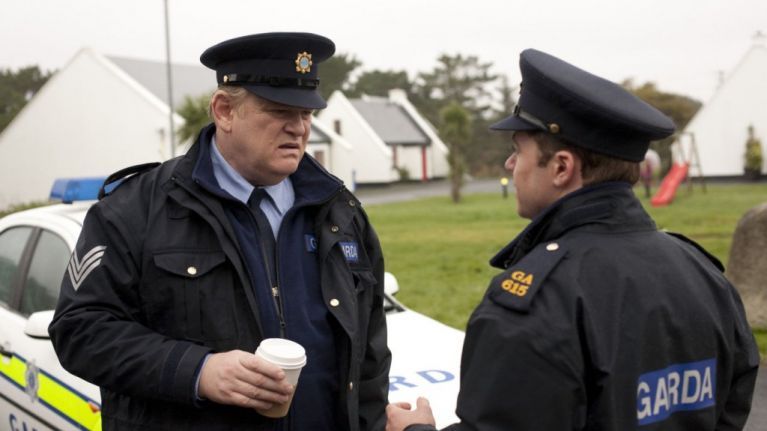
An Garda Siochana ( Guardians of the Peace) was established in 1922. Today the force has approximately 11,450 members. The Gardai are headed by a government-appointed commissioner and are answerable to the Minister for Justice.
